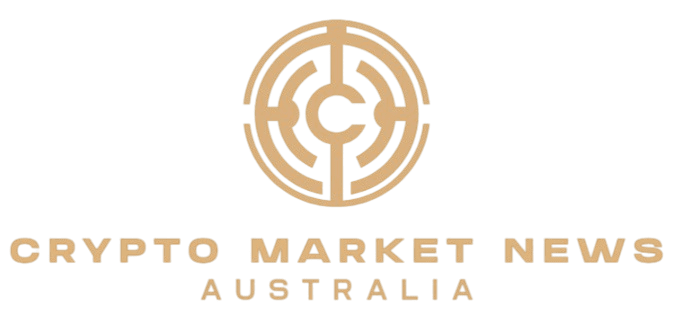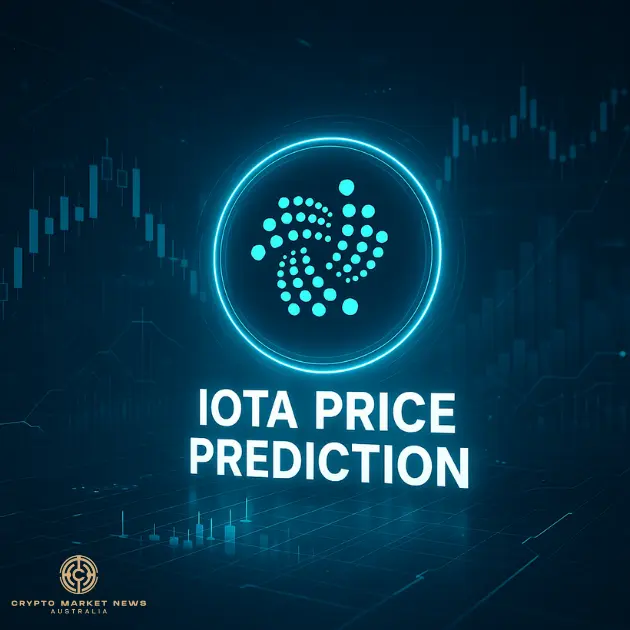Imagine a world where machines make deals with each other autonomously – no
human oversight needed, no middlemen, no paperwork delays, and importantly – no
mistakes. A new network of intelligent systems is underway and is transforming how
we trade. This isn’t science fiction. It’s happening now!
IOTA is building the infrastructure to power the machine economy. This revolutionary
technology is already working, verifying trade documents automatically, settling
payments instantly, and enabling trustless, cross-border transactions using smart
contracts. From international trade exports to Digital Product Passports (DDPs),
IOTA is disrupting outdated methods by streamlining global supply chains,
government frameworks, and asset tokenisation worldwide.
While much of the crypto space has been distracted by memecoin madness and the
latest Layer 2 dominance, IOTA has been quietly evolving. What began as an
ambitious IoT experiment has now evolved into a fully operational distributed ledger
with real use-cases.
As co-founder Dominik Schiener put it: “IOTA’s thesis is very simple: Build one of the
most performant L1s in the market and bring the real world onchain, starting with
trade finance and RWA tokenisation.”
That’s exactly what they’ve done – offering what could be an intriguing opportunity for
forward-thinking investors.
Not a Blockchain—A Tangle
IOTA isn’t technically a blockchain at all; it runs on something called the Tangle—a
Directed Acyclic Graph (DAG). This structure allows transactions to be processed
without mining, meaning – there are no fees, and it scales with use.
When you send a transaction on IOTA, you first verify two previous ones, creating a
web of mutual validation. The more people use the network, the faster it becomes,
and it is incredibly energy efficient. There are no miners, no transaction fees, and no
bottlenecks.
With a fixed supply of 3.93 billion tokens, IOTA eliminates inflation while providing
the kind of price predictability required for automated, machine-to-machine
microtransactions. While most blockchain networks are still struggling with high fees
and congestion issues, IOTA has solved these pain-points.
Market Snapshot and the Rebased Upgrade
At the time of writing IOTA is trading around $0.21(USD) with a market cap of
approximately $836 million, ranking at #95 according to CoinMarketCap. That’s
roughly 96% down from its peak at $5.69 in 2017. But price alone hardly tells the full
story. Many crypto projects from that era have either collapsed or stalled-meanwhile,
IOTA has remained diligent, pushing ahead with partnerships and technological
improvements.
The most significant development for IOTA came recently on May 5, 2025 with the
Rebased upgrade. This wasn’t just another update – it saw the IOTA network shift
reliance on a centralised coordinator and introduced decentralisation through 150
permissionless validators via delegated proof-of-stake (DPoS).
With Rebased, IOTA also added Layer 1 smart contracts via MoveVM (the same
programming language used in blockchains like SUI), introduced EVM compatibility,
enabled throughput exceeding 50,000 TPS with sub-second finality, and offered
staking rewards of 10–15% APY. This makes IOTA not only a strong tech bet but
also one of the most rewarding yield-generating assets for long-term IOTA investors – if you can afford the buy-in (to get involved as a validator requires a minimum 2
million IOTA stake – around $360,000 at today’s price).
Live Use Cases in Action
Almost every crypto project promises practical implementation but IOTA is delivering
real-world results. In Kenya, the Trade Logistics Information Pipeline (TLIP), which
runs on IOTA, has had an enormous impact.
Exporters have seen an 80% reduction in transaction costs, a 96% boost in
cross-border process efficiency, and a 35% increase in SME participation. What
used to take weeks to process documentation now takes minutes.
Effectively, by removing paper-based barriers and reducing costs, TLIP has opened
up international trade to thousands of smaller businesses that couldn’t previously
afford to export their goods.
That’s not a flaky whitepaper promise. That’s the kind of tangible impact most crypto
projects only dream of.
Scaling Global Trade Networks
Building on the success in Kenya, on May 8, 2025, IOTA launched TWIN – aiming to
make global trade faster, fairer, and more efficient. TWIN is collaborating with some
big players; such as the World Economic Forum, Tony Blair Institute, and TradeMark
Africa to bring decentralised platforms into government operations worldwide.
TWIN is supporting live operations – including the UK Cabinet Office’s new border
control framework and produce traceability between Kenya and the Netherlands.
These aren’t pilot programs-these are active solutions in operation, processing
millions of dollars in international trade.
The $16 Trillion RWA Market Opportunity
Real-world asset (RWA) tokenisation is projected to grow into a $16 trillion market by 2030. But in order to work at scale, you need low-or ideally zero-transaction fees. If it costs $20 to send a $100 invoice, it’s just not practical.
Innovative projects like InvoiceMate (thanks to IOTA’s Tenity RWA Accelerator
Program) tokenised more than $223 million worth of invoices across over 2,000
businesses. That’s genuine money flowing through tokenised platforms, not just
theoretical value.
DeFi, Corporates and the Gasless Future
IOTA’s new architecture supports advanced DeFi products. Projects like Deepr
Finance are building there, and by late 2024, the IOTA EVM ecosystem processed
$2.11 billion in daily trading volume with $100 million in total value locked.
Major corporations like Bosch and Volkswagen are developing applications ranging
from vehicle identity to supply chain automation. The network’s “Gas Station” feature
allows companies to pay transaction fees on behalf of users, maintaining a seamless
experience.
Price Predictions Through 2030
Short-Term (2025-2026): Technical analysis suggests potential gains reaching
$0.35-$0.50 by late 2025, driven by Rebased improvements and accelerating RWA
tokenisation growth.
Medium-Term (2027-2028): As TWIN scales globally and RWA markets approach
trillion-dollar valuations, conservative estimates suggest $1.50-$2.50 by 2028.
Long-Term (2029-2030): If IOTA captures meaningful market share in government
infrastructure and RWA tokenisation, prices could reach $3.00-$5.00, approaching
previous highs.
Is IOTA a Good Investment?
There’s a lot to like: a feeless architecture, proven implementation, working
partnerships with governments and corporations, strong tokenomics with staking
rewards, and a price point that’s still 96% below its all-time high. Additionally, the
IOTA Foundation nurtures a strong and engaged community that continues to drive
development and adoption forward.
But there are risks too. Government implementation can be slow and unpredictable.
IOTA faces competition from both new crypto platforms and big tech (like Google,
Microsoft, and Amazon). Regulatory uncertainty also looms, particularly around
digital identity and asset tracking. There is a high barrier to entry too, that is well out
of reach for many.
Finally, Could IOTA Hit $5 Again?
It’s definitely possible, but a key difference with IOTA is that it won’t come from so
much speculative mania – It’ll be because the technology becomes essential
infrastructure that governments, supply chains, and automated networks come to
depend on.
For investors looking beyond the hype hysteria, IOTA offers a compelling prospect: A
project that’s already delivering on its promises and building for the long term, and
one that’s being actively integrated into the world economy.
Disclaimer: This article is not financial advice. You should always do your own
research before making investment decisions. Investing in cryptocurrency carries
significant risk and may not be suitable for all investors.

